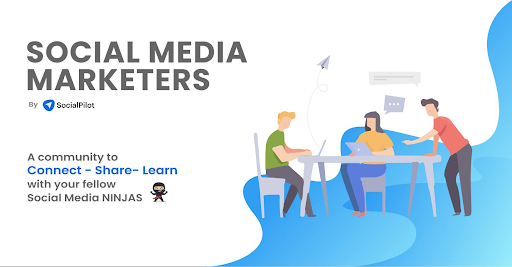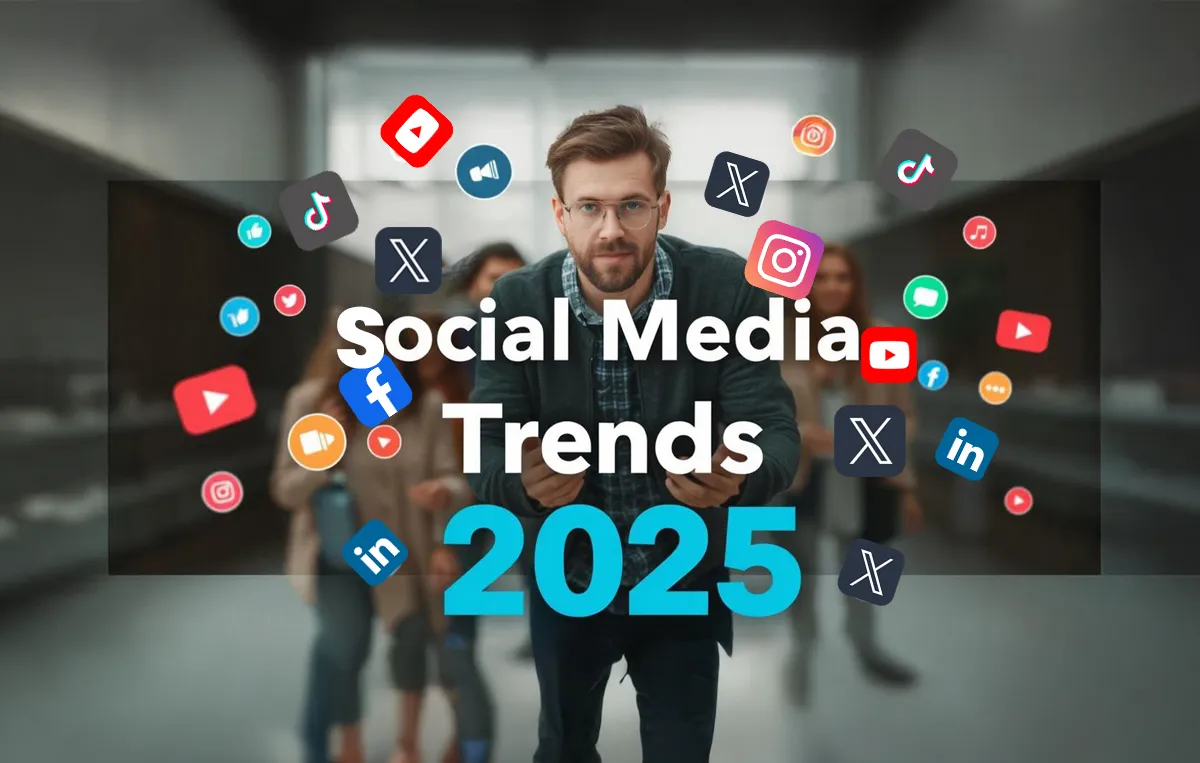Marketings isn’t a lonely venture, and that’s why it’s fun. If you haven’t joined any marketers’ community yet, you are missing out on a gold mine.
In this dynamic social media world, you need to step up your game at every instance, constantly learning new tricks, else you will be left behind.
Joining marketers’ groups will eliminate the tedious task of being extra-vigilant. These communities help you keep up with the latest trends, new features on social media platforms, growth hacks, and expert tips to optimize platform-specific campaigns.
A community of like-minded people to tackle tasks, learn, and grow together is the primary objective of being a part of these value-packed associations.
But, it is also crucial to join only authentic groups, as most of them turn out to be filled with spammy and self-promotional content or have become inactive and unresponsive.
So, which social media groups should you follow?
Look no further because your search ends here!
We have curated a list of our favorite social media groups that every marketer should join. It includes active LinkedIn groups, interactive and informational Facebook groups, best Twitter chats, and Slack groups.
Let’s begin!
Top LinkedIn Groups for Marketers
Best Marketing Groups on Facebook
Twitter Chats for Marketing
Top Slack Chat Groups for Marketers
OnlineGeniuses
It is a community of SEO professionals, great marketers, and IT professionals that hosts live events and AMA sessions for rich conversations and learning.
- By: David Markovich | 30K+ members
#CreativeTribes
This group is not just limited to marketers. It also includes writers, designers, and more.
- By: Faheem Ahmed | 1.5K+ members
Measure
It is a congregation of high-profile industry experts who are always happy to chat in channels or via direct messages.
- By: Lee Isensee | 15K+ members
Traffic Think Tank
This community gives you access to exclusive video content, private webinars, and training from the experts.
- By: Matthew Barby | 3K+ members
BigSEO
It’s a tightly-knit community of learners who have keen and insightful discussions about SEO and various marketing practices.
- By: Steven Van Vessum | 2K+ members

#Backlinks
If you are looking for a group to get the best content and backlinks, then this Slack group is just for you.
- By: Benjamin Peterson | 1K+ members
Growmance
It is a community of marketing enthusiasts who share growth marketing tips and ideas to help each other.
- By: Ondrej Kubala | 11K+ members
CRO Growth Hacks
This community was created to promote an open discussion about conversion rate optimization.
- By: Greg Ahern | 1K+ members
Conclusion
Being updated with trends and interacting with communities online are vital aspects of social media marketing. But it is challenging to be omnipresent and grasp every bit of information out there.
However, joining such groups of experts will keep you on the frontier of the latest happenings. You get your hands on secret hacks and tips to boost your marketing results. They condense the very essence of marketing by sharing their years of experience and knowledge with each other.
Now you know which groups to join to become pro-marketer. So don’t wait more and be a part of these power-packed communities!






























































